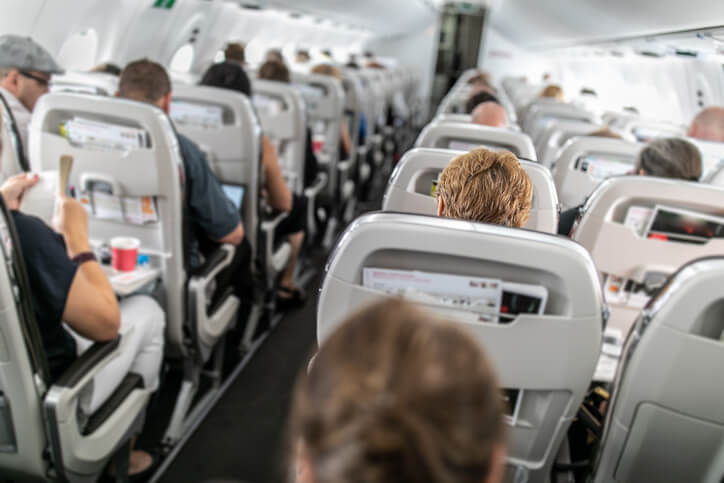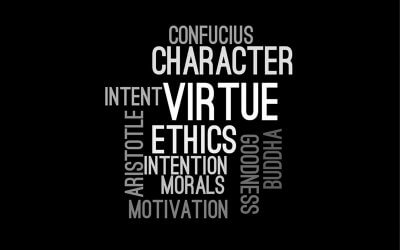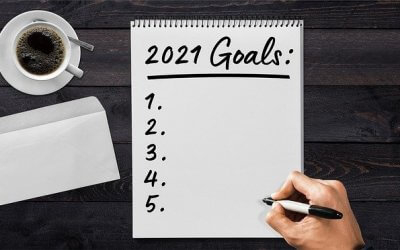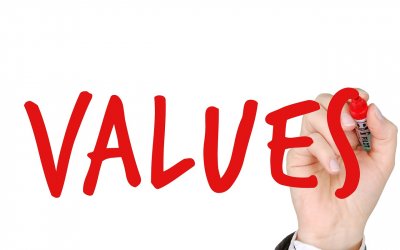Discover how understanding the limitations of averages and embracing probabilistic thinking can improve decision-making and risk management in business.

Airline Awards, US Carriers Are Not to be Seen
The 2019 awards for the best airlines are out. As there are a number of different award rankings, I will compare those of AirlineRatings.com, an aviation safety- and product-rating site based in Australia, and Skytrax, a consumer-aviation website based in the UK. The top ten for each are set out below:
Skytrax
- Qatar Airways
- Singapore Airlines
- ANA All Nippon Airways
- Cathay Pacific Airways
- Emirates
- EVA Air
- Hainan Airlines
- Qantas Airways
- Lufthansa
- Thai Airways
AirlineRatings.com
- Singapore Airlines
- Air New Zealand
- Qantas
- Qatar Airways
- Virgin Australia
- Emirates
- All Nippon Airways
- EVA Air
- Cathay Pacific
- Japan Airlines
No American carriers again struggled to break into the top-ten rankings this year for either ranking. No US-based airlines made it into the top 35 spots year for Skytrax, for whom JetBlue was the top-ranked US carrier No. 40.
Following the US carriers’ failed attempts at launching budget carriers, remember Song and TED, they are now following a two-prong strategy – mediocre or better in the front and budget carrier in the back. The problem with a two-prong strategy as was discussed above is that you cannot go down two different paths, you are either A or B. The high-end strategy for the front of the aircraft requires different service levels on call centers, lounges, check-in desks, flight attendants, crew, and different investments in IT, fleet types, etc. than for budget carriers. Thus as the company drives down two different paths, the employees and investment decisions fail as it tries to satisfy two different masters and end up satisfying none.
I find it amusing to see Delta’s advertising “Delta, voted the best Business Class Airline,” as often I wonder, by who, obviously someone who does not travel internationally? Although Delta did recently introduce a new all-suite business class last year, albeit long after the advertising started, that didn’t help it move into the top rankings. The reason is that equipment alone is not the deciding factor; it is service levels across the entire client experience. But if the majority of your client service experience is providing a budget carrier experience, it is hard for your employee base to suddenly pivot to offer the superior experience needed for the business class passenger, reinforcing the prior point. Choose your strategic decision and stick with it. For a reminder, look at Joel Spolsky old blog post, “Ben and Jerry’s vs. Amazon.” Joel, who has seen several companies succeed and fail, suggests the worst thing you can do is fail to decide what strategy you will choose.
Another airline that has been following a variation of the two-prong strategy is British Airways (BA). BA, long known as the “World’s Favourite Airline,” has relied on their control at London Heathrow to drive their higher value to their long haul traffic – especially business and first-class, while treating short-haul traffic as a budget airline. While British Airways is very profitable at present, it has failed to invest in IT over the last few years. As a result, this summer, there was the second massive IT outage in two years. While the latest one is expected to cost Brtish Airways about £10 million the first one cost the company about £100 million. Also, BA’s failure to secure customers’ credit card data on its website, is resulting in £183 million fine for data theft. Final, BA”s pilots are upset with the level of profitability compared to their pay offer and are now striking for better pay. The strikes started in September with the cancellation of thousands of flights and cost the company over £200 million. If the strikes last over the Christmas holidays, the price will rise dramatically! Two-prong strategies that conflict are hard to make work successfully in the long term!
Since the majority of US flyers are flying coach, the consensus will undoubtedly become that the US carriers are really just budget carries masquerading as real carriers. How long will it be before they are all charging for carry-on luggage like Spirit?
While milage points and hub control still make a difference in attracting passengers, it is the budget carrier mentality, cause, vision and focus that allows carriers like JetBlue and Southwest to continue to make inroads into the legacy carriers market and make more money.
In 2018, Southwest was the second most profitable airline in the US behind Delta.
| Southwest | Delta | |
|---|---|---|
| Revenue | $21.96 | $44.44 |
| Operating Profit | $3.21 | $5.26 |
| Operating Margin | 14.6% | 11.8% |
While the US legacy carriers continue to make money, it is only through the consolidation and lack of competition. If competition were allowed to enter the market, then all bets would be off.
For the most part, flying in the US is like Greyhound without the view, and until the government is willing to ignore the lobbyists and allow more competition, and local governments allow more competition at the hubs, not much is likely to change, forcing more pain on the flying public.
Bon voyage!
© 2019 Marc Borrelli All Rights Reserved
Recent Posts
The “Flaw of Averages” Causes Havoc for Businesses
What is Your Strategy, In a Sentence?
If you are banking on the vaccine returning us all to “normal” quite quickly, in the famous words of Dr. Akande, “Hope is not a strategy.” Your organization should be preparing a well-defined strategy for 2021 and beyond. Once you have this strategy, the ultimate question: can you clearly articulate it in one sentence? Distilling your strategy into a single sentence is a powerful tool, both for your legacy and your team effectiveness. Not sure where to start? I offer a plug-in formula to set up your strategy sentence.
Character Matters
“It’s easier to hold to your principles 100% of the time than it is to hold to them 98% of the time.” — Clayton Christiansen. I have often written about the importance of a company’s Core Values. That’s because no matter what words you may have chosen as values, your organization’s Core Values are on display in how leadership and employees actually behave. As I’ve said before, how you have acted in the last twelve months will define your career for the next decade. Your character, and your company’s character, matters.
New Year’s Resolutions, Once More Unto the Breach
The holidays have been even quieter than normal, which has given me plenty of time to reflect on my New Year’s resolutions. Looking at 2021, I decided to use a completely new approach to lay out my goals. The result of my new approach? A highly-detailed, accountable, actually achievable plan for the next year (I think). Wondering what this process looks like?
To Vaccinate or Not to Vaccinate, that is the Question
What do your employees, peers, and leadership team think of the COVID-19 vaccine? Will you require the vaccine, or will you let employees make individual decisions? As a leader, you need to steer the discussion about vaccines in your organization with your Core Values in mind. No matter what strategy your organization takes, the most important factor is going to be how you communicate your decision.
3 Ways You Could be Undermining Your Core Values
Can you answer “Why does your organization exist? What are your core values?” Great. Now, would your latest entry-level employee give a similar answer? How about someone who has been at your company for a year? Your core values give your organization a guiding mission. Many organizations pay this idea lip service, but their true commitment to their core values was tested this year. As we close out 2020, there’s no better time to examine how your organization is approaching your core values.
Are You Prepared for 2021 With Enough Cash?
Companies don’t go bankrupt because they lose money; rather, they run out of cash. Where are we, heading into 2021? First, you can expect your cash to get tighter as we weather the current economic slowdown. Then, with a vaccine on the horizon, you will need to be positioned for growth. If you don’t have the cash you need, have you looked at how you can generate the cash internally? More on how to improve your cash conversion cycle…
Tony Hsieh, a Corporate Culture Icon, RIP
In his work as Zappos CEO and elsewhere, Tony Hsieh believed, and proved, that culture is the most important thing in an organization. According to Hsieh, if you get the culture right, the rest will take of itself. How did Zappos do it? You can take a look at everything from the company’s interview questions, to “The Offer” to leave a position as a new hire. Hsieh believed that a company’s brand is just a reflection of the culture, and his legacy is felt across so many industries.
CEO, Try Thy Hiring System
How does your company hire? I’ve seen the good, the bad, and the surprisingly ugly hiring processes in my career. From the HR email mix-ups to the interviewer watching the World Series while I responded to his questions, I’ve learned that you can tell a lot about an organization simply by examining the hiring experience. Are you chasing away the kind of people you need at your company?
What is Leadership?
What is it, exactly, that great leaders do? There are plenty of overused adages about “leadership” in business. It’s worth examining the tropes around leadership, plus the traits of the leaders who actually leave a mark. Great leaders are forged through adversity, and they leave a legacy. What does that look like in your organization?










